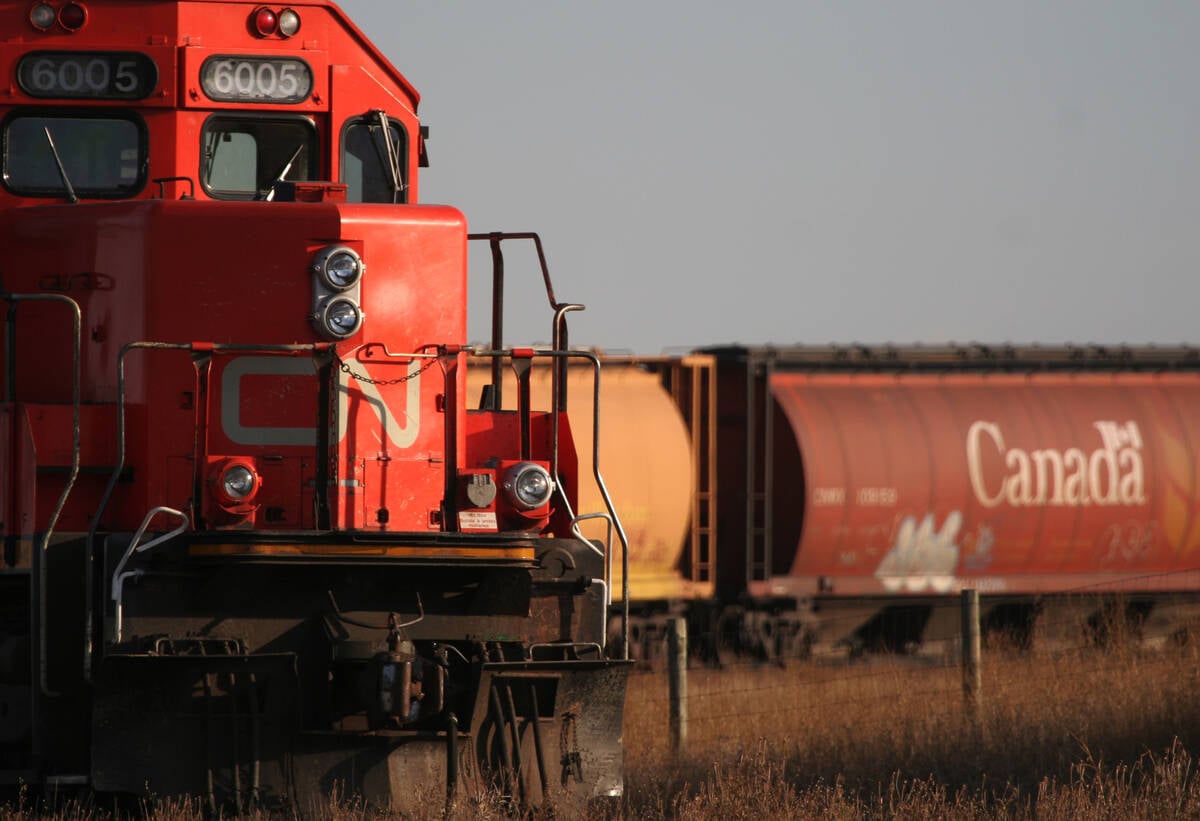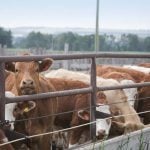Fed cattle stronger
The Canfax steer average last week was $202.52 per hundredweight, up $1.40 while heifers were $200.95, topping the American market for the seventh week.
Most yearlings have been marketed and more calves are in the mix, increasing the AA grading.
Canadian steer carcass weights have fallen 38 pounds from their March highs.
A weaker Canadian dollar and stronger live cattle futures helped lift Canadian bids. Both Alberta packers were active but sales were light.
Premiums were noted on cattle that will be ready for slaughter in first half of June.
Read Also

Canada-U.S. trade relationship called complex
Trade issues existed long before U.S. president Donald Trump and his on-again, off-again tariffs came along, said panelists at a policy summit last month.
Still, a majority of the cattle that traded were scheduled for delivery during the second half of June.
Many producers were negotiating longer lift times as cattle could easily stand another month on feed.
Some producers offered cattle in July but packers seem reluctant to price cattle out that far.
Reflecting the strong basis, weekly exports totaled 2,967, the smallest volume this year.
Canadian cash-to-futures basis levels usually weaken into June.
Reuters reported cash bids in Kansas held at US$156 to $158 per cwt. against up to $164 asking prices there and elsewhere in the U.S. Plains. The previous week, cattle moved at mostly $159 to $161.
Slaughter cows mixed
D1, 2 cows ranged C$140-$156 to average $146.93 per hundredweight, down 49 cents and D3 cows ranged $120-$142 to average $132.75, up $1.
Railgrade cows were $282 to $287.
Slaughter bulls rose $2 to average $169.89.
Western Canadian non-fed slaughter for the short week ending May 23 was surprisingly 28 percent larger at 4,353 head. Non-fed slaughter this year is down eight percent at 120,979 head.
Weekly exports to May 16 eased modestly to 3,945 head.
Dry pastures flushed a few more cow-calf pairs to market, but the calves are generally too young to wean.
Feeders rise
Average steer prices rose more than $3.50 and heifers were almost $5 higher. There was generally good interest but quality and lot size took precedence.
Alberta auction volume jumped 50 percent over the week before to almost 20,000 head, reflecting the previous Victoria Day shortened work week and increased selling due to dry pastures.
Weekly exports to May 16 fell 29 percent to 4,100 head. Exports for the year are steady at 203,927 head.
Feeding margins are generally positive and demand should be sufficient to maintain steady feeder prices.
However, if moisture conditions continue to deteriorate, a weather market will develop and more feeders and seed stock will be dispersed at auction pressuring prices lower. Barley prices would likely rise.
But if it rains, prices would again seasonally firm on tight supplies.
Weaker corn futures prices helped lift the Chicago August feeder contract. It is trading at the highest level since the beginning of January.
Beef Trade
U.S. beef prices fell after the Memorial Day weekend with Choice at US $259.25, down $2.97 and Select at $246.74, down $2.58.
In the first half of 2015, boxed beef prices have followed normal trends with a low in mid- February and a peak in mid-May.
Buyers are well aware of the tight supply and pork prices are lower, so a more seasonal pricing pattern is expected this summer compared to the dramatic increase in 2014.
Canadian boxed beef prices for the week ending May 22 were un-available.
This cattle market information is selected from the weekly report from Canfax, a division of the Canadian Cattlemen’s Association. More market information, analysis and statistics are available by becoming a Canfax subscriber by calling 403-275-5110 or at www.canfax.ca.














